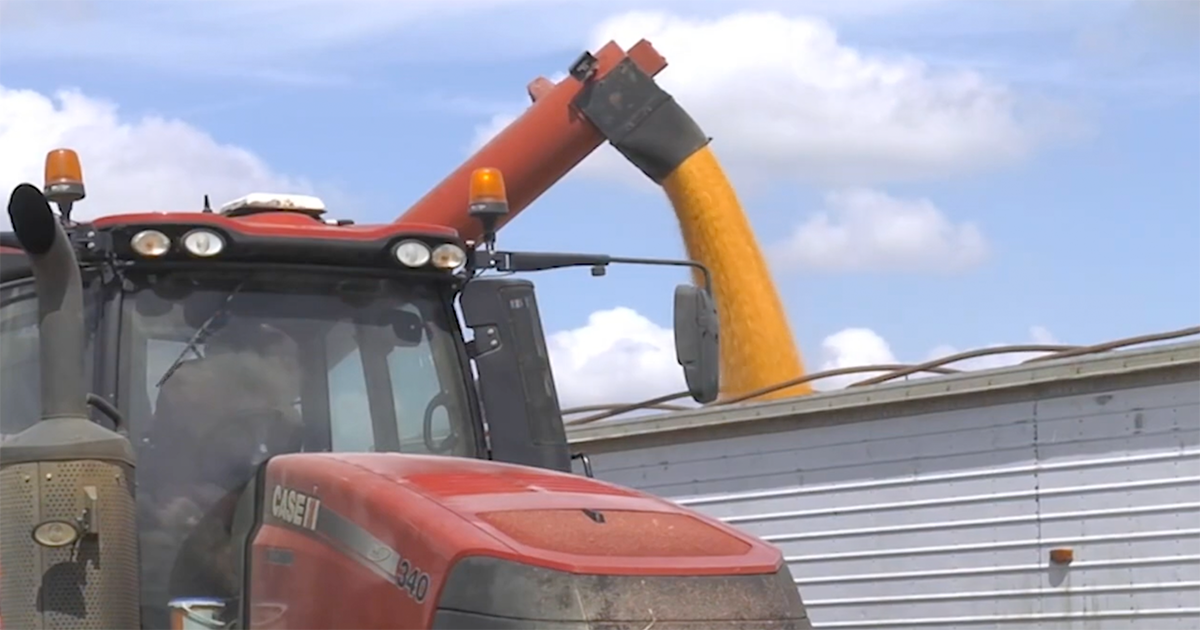Tifton, GA |
2024 was without a doubt a difficult year for Georgia farmers and producers as they faced low commodity prices, high operating costs, and devastating hurricanes – things experts say have left farmers struggling with historically low income.
“The real challenge at the beginning of the year was lower prices and crop prices in particular compared to livestock prices. They were falling rapidly from the 2022 highs, so the farm revenue or cash receipts was going to be down anyway. Then we were hit with natural disasters. Hurricane Helene in particular, that wiped out, in my estimation, about thirty-eight percent of the crop receipts, revenue receipts for Georgia agriculture. So the 2024 whole year, together with the price decline and the disaster has been a very, very challenging year. The net cash income for Georgia producers is probably going to be historically low,” says Gopi Munisamy, a Professor at the University of Georgia.
To make matters worse, Munisamy says that those challenges from 2024 will unfortunately carry over into this year, which will create more difficulties for producers, especially when it comes to working capital.
“The first thing is the low prices that I talked about at the beginning of 2024; they’re going to continue into 2025. The second thing is working capital that you need to operate your farm is down 6.9 percent nationally, but given that we lost a significant amount of revenue because of Hurricane Helene, our farmers are going to be even shorter on working capital. So for them to get their machines up and running, the infrastructure put in place, buy seeds, buy fertilizers, they’re going to be very challenged,” says Munisamy.
However, the livestock sector has had a different tale to tell, as last year, the cattle inventory remained low which kept prices high – a trend experts say will continue this year.
“We’re seeing those tight supplies continue, should continue through 2025. That’s going to support those higher prices again going forward into 2025. We’ve already seen that at the cow calf level, where we’re seeing prices up fifteen, twenty percent year over year again at the beginning of 2025,” says Will Secor, UGA Extension Livestock Economist.
For poultry, Secor believes the industry, as it typically does, will remain strong this year, but says there is some uncertainty as Avian Influenza continues to spread, which Secor says for now, has continued to only effect egg prices.
“Because of chicken’s lower price at the meat counter in grocery stores, we expect that the chicken demand is probably going to remain relatively strong. That being said, if we run into any HPAI issues that could hurt some of the production and might raise prices going forward. The biggest effects that we’re seeing right now is in eggs. Those prices have been up since about mid-November. Those have been up about forty percent, depending on where you are in the country. So those prices are going to be the biggest direct effect. Usually egg layers seem to be the most impacted by HPAI. We’re starting to see some more in commercial broiler production that could potentially have an impact in chicken prices, but right now we haven’t seen that in the data, at least to this point,” says Secor.
By: John Holcomb

